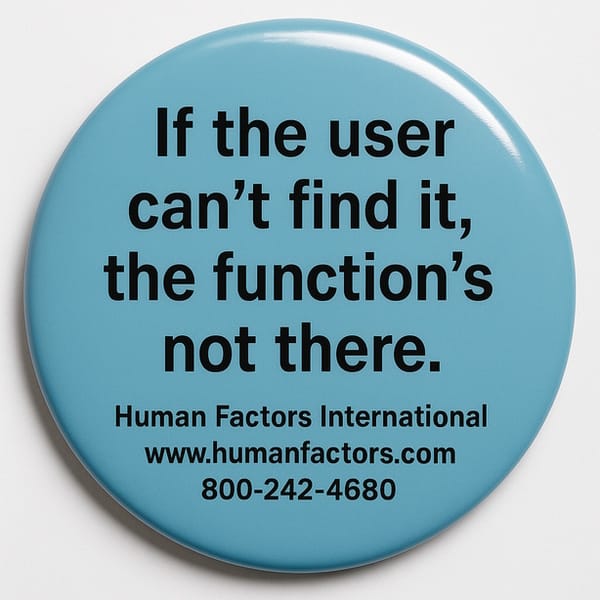
blogging
A Blog Without Comments Is Not a Blog
James Bach responded to my recent post, Are You Following the Instructions on the Paint Can?, with Studying Jeff Atwood’s Paint Can. I didn’t realize how many assumptions I made in that post until I read Mr. Bach's pointed response. The most amusing assumption I made









